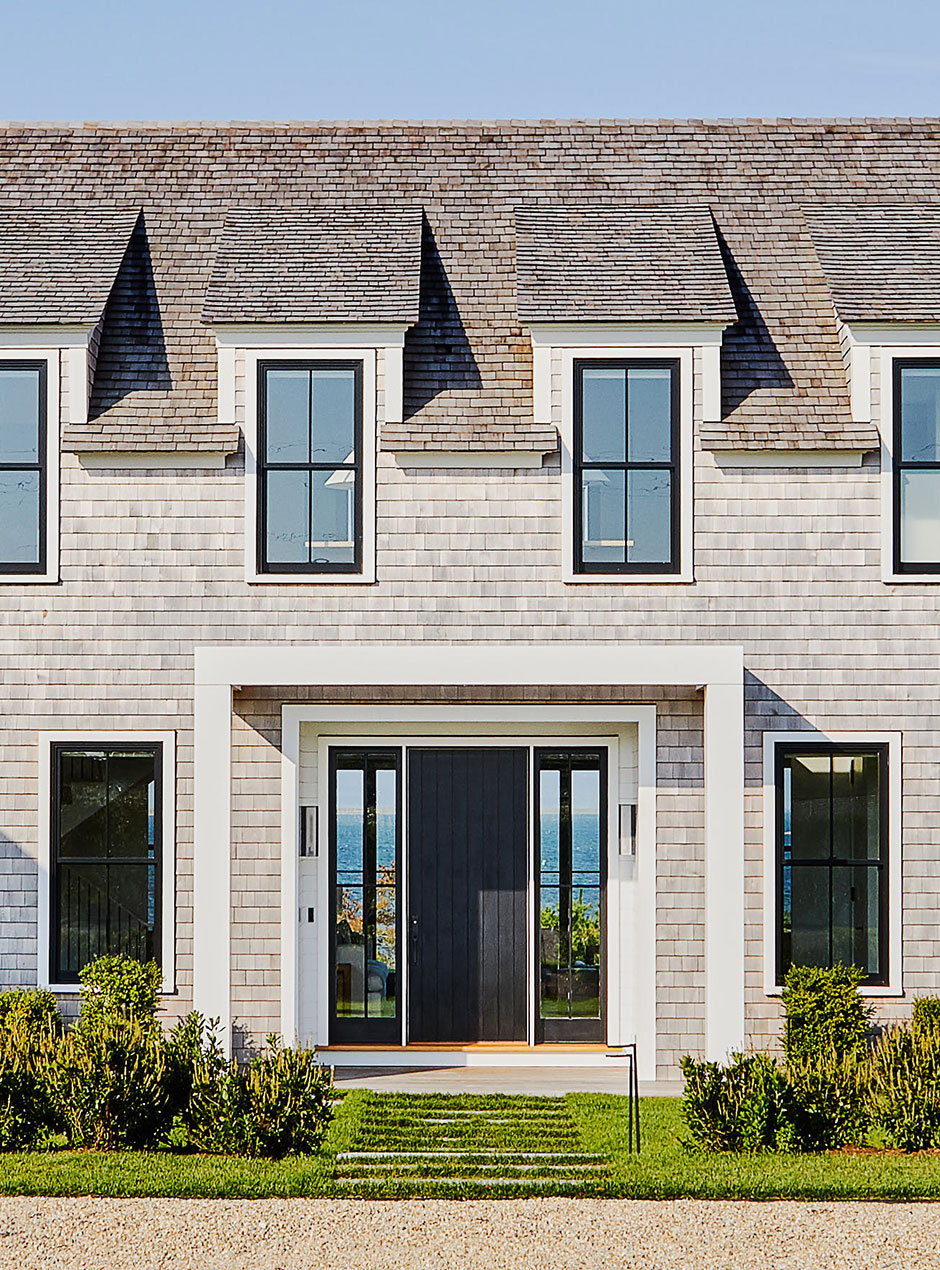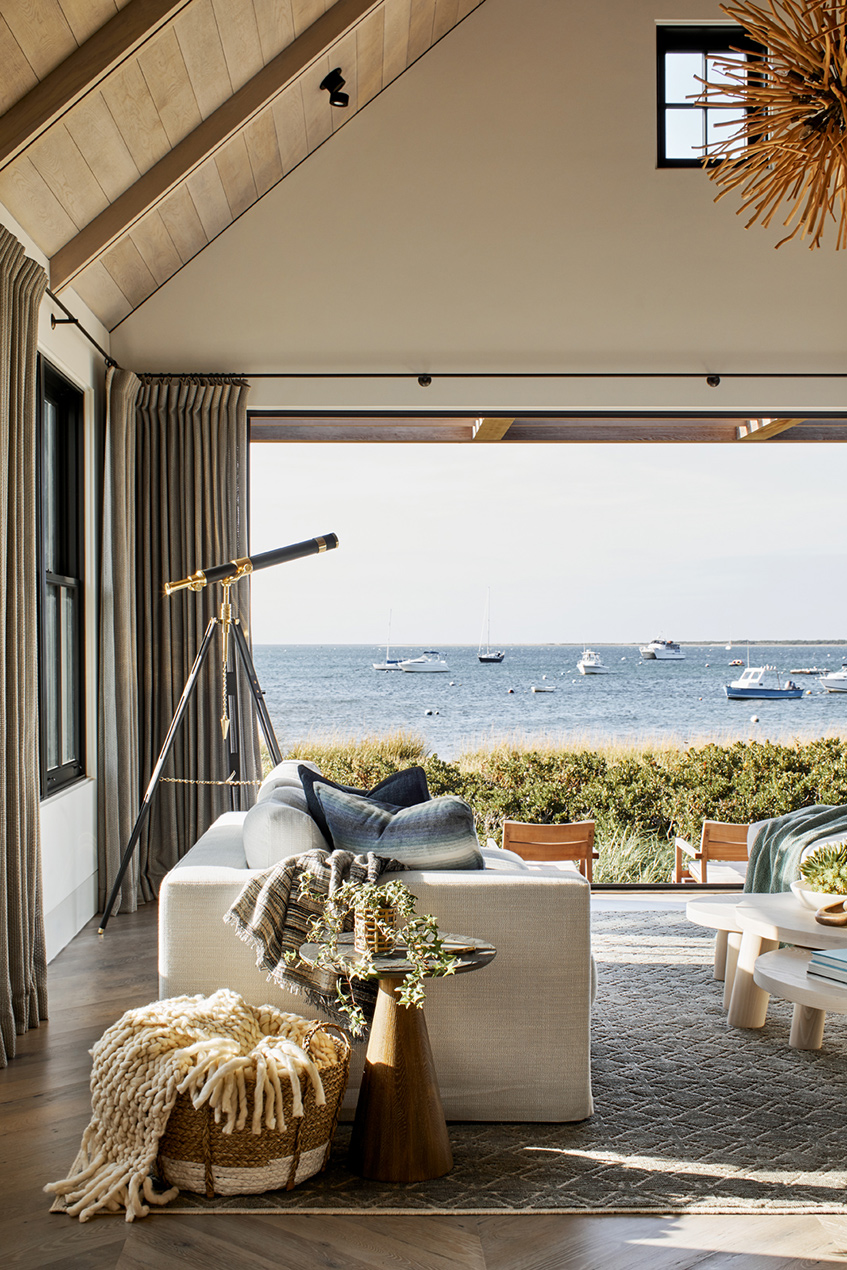How Nantucket’s Building Limitations Shaped a Modern Architecture Firm
This is part of AD PRO’s Designer Takeover, where working designers are contributing stories to the site. Here, Andrew Kotchen, cofounder and principal of Workshop/APD, talks about how his vacation happy place turned into his architectural lesson. Original Story can be found here.

Sand, surf, and sun are the normal characteristics used to describe Nantucket, the popular vacation island 25 miles out to sea. However, for me, early in my career, Nantucket served as a life-changing career opportunity, and it’s continued to serve as an influence. For those who dare to call Nantucket home (year-round), there is a wealth of entrepreneurial opportunity. For me, it was the chance to work on one project and start my own business. That one project quickly became four, then seven, and before I knew it, I was not just living on an island, doing a project as an experiment—I was developing and running a business.
Fast forward three years; I met my wife, moved back to New York, partnered up with Matt Berman, and founded Workshop/APD. Those early years living on Nantucket year-round not only laid the foundation for my career, they shaped me as a person, husband, and father, making the “Nantucket Experiment” the most important part of my life. You could say it is my “happy place” (which has now been coined into a T-shirt phrase on the island), but the impact goes far beyond just the relaxation of a perfect vacation spot.
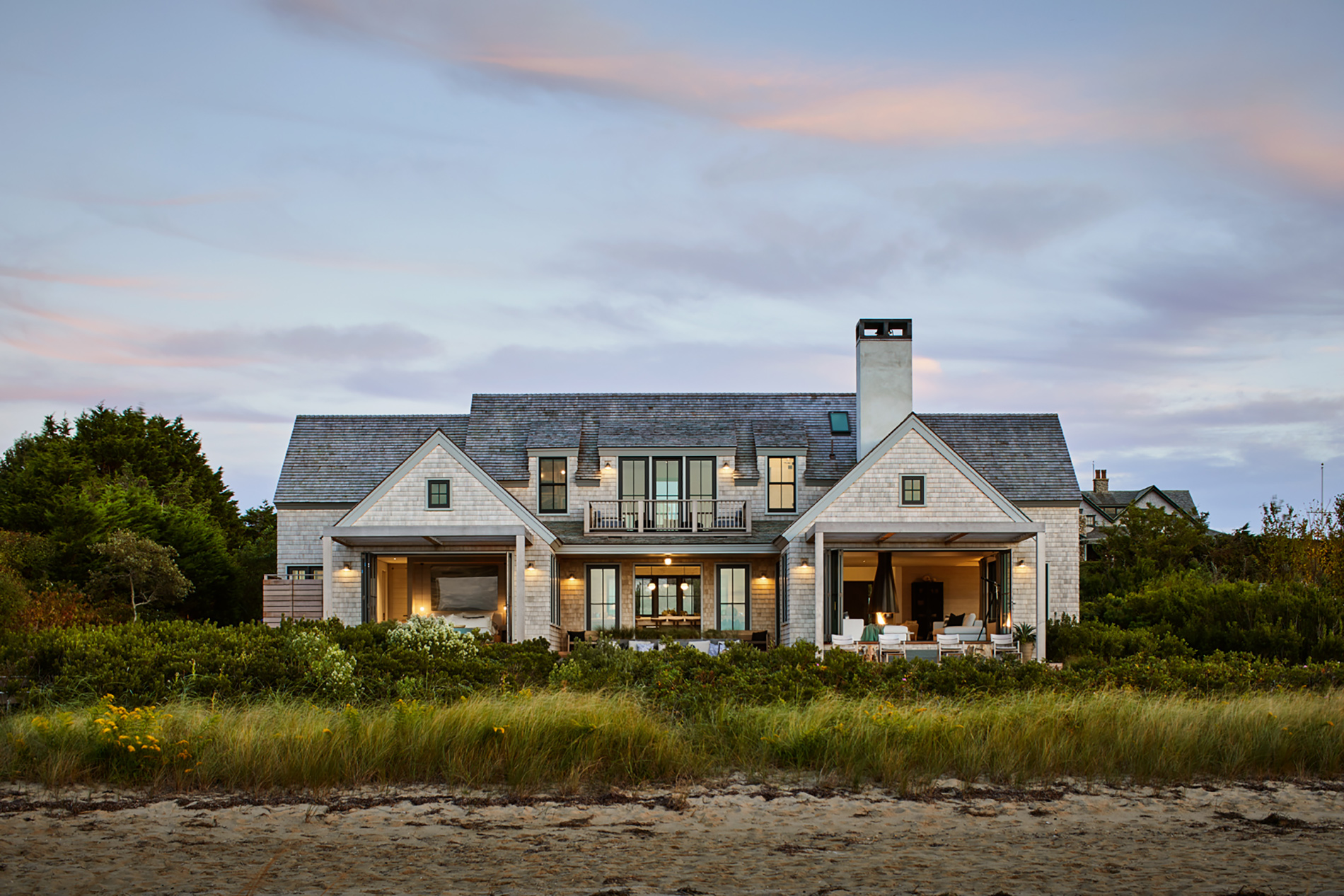
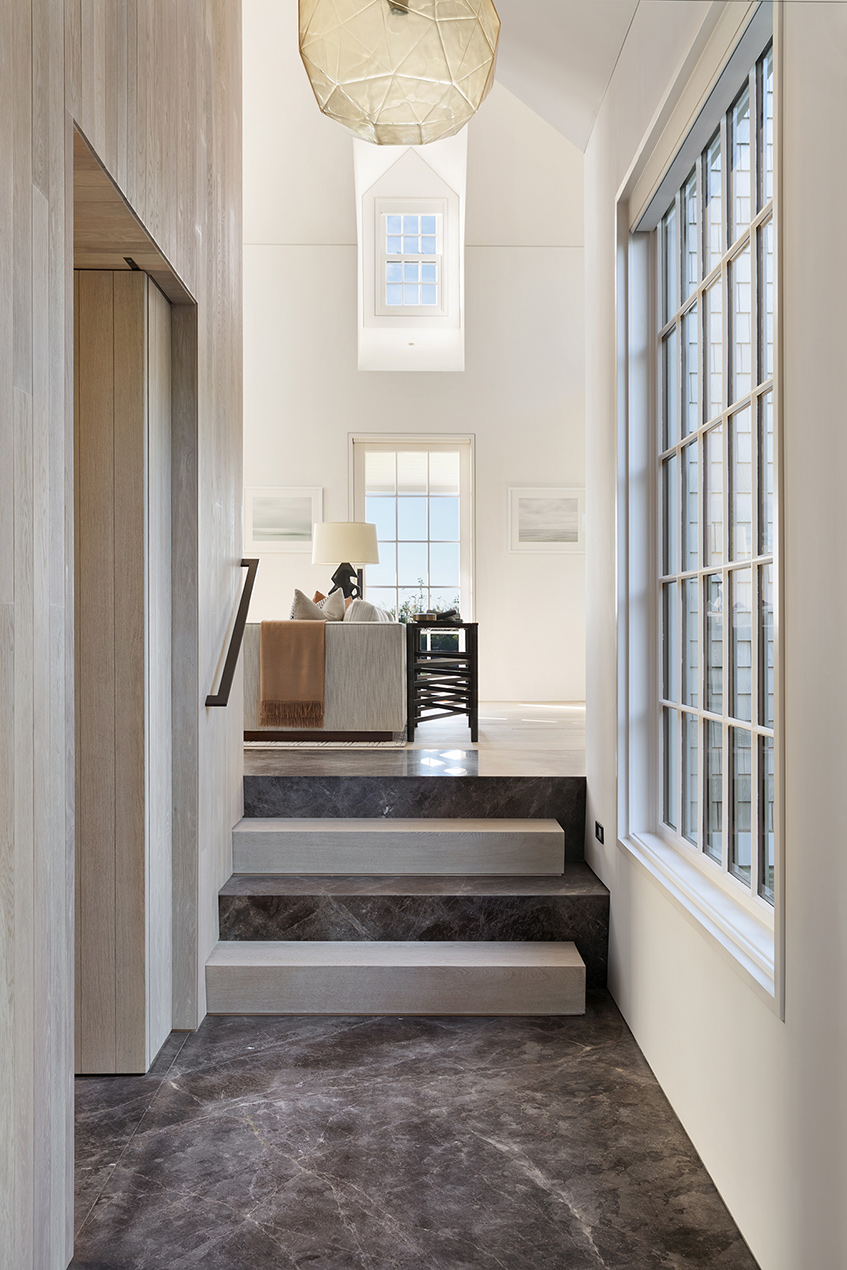
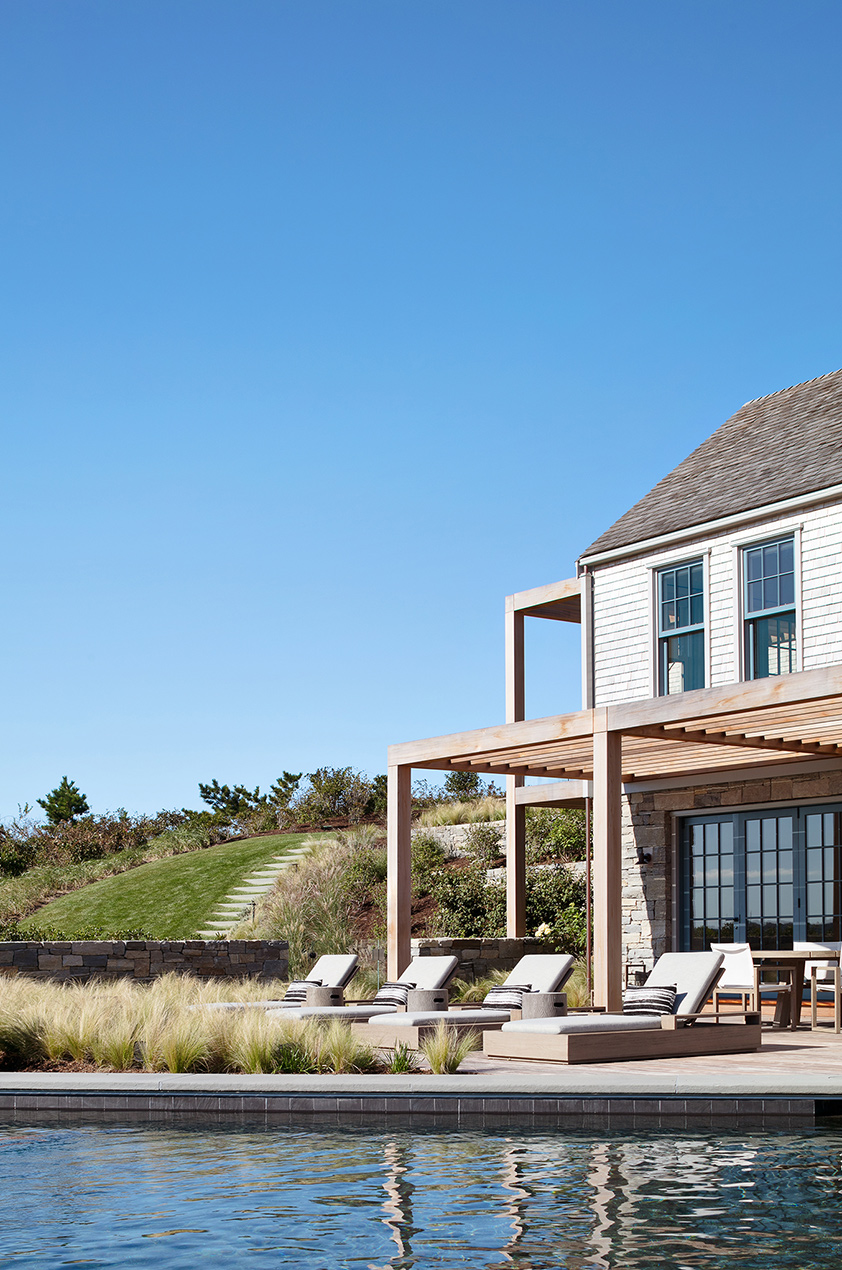
As I’ve grown in my career, I’ve come to realize that its influences are not necessarily linear—nor are they literal. Natural environments like Nantucket affect you at your core and provide you with a balance of beauty and opportunity that does not exist in most places. Nantucket grounds me, keeps me levelheaded, and allows me to “check out” of the real world. Professionally, Nantucket has continued to provide Workshop with tremendous opportunities that expand beyond the sandy shores. Our clients in Nantucket have taken us to Paris, Florida, Sun Valley, California, NYC, Boston, and many more great places.
From a technical perspective, Nantucket has taught us how to thoroughly understand and build within a specific context while still maintaining our design intent of providing a livable, modern lifestyle. On the surface, Nantucket’s design appears to be very limiting. I mean, it is made up of three materials: Wood, wood, and wood! However, once you peel back the first layer (of wood!), you begin to understand that there is a tremendous amount of latitude and opportunity found within the pages of Building with Nantucket in Mind (the design guideline book issued by the Historic District Commission).
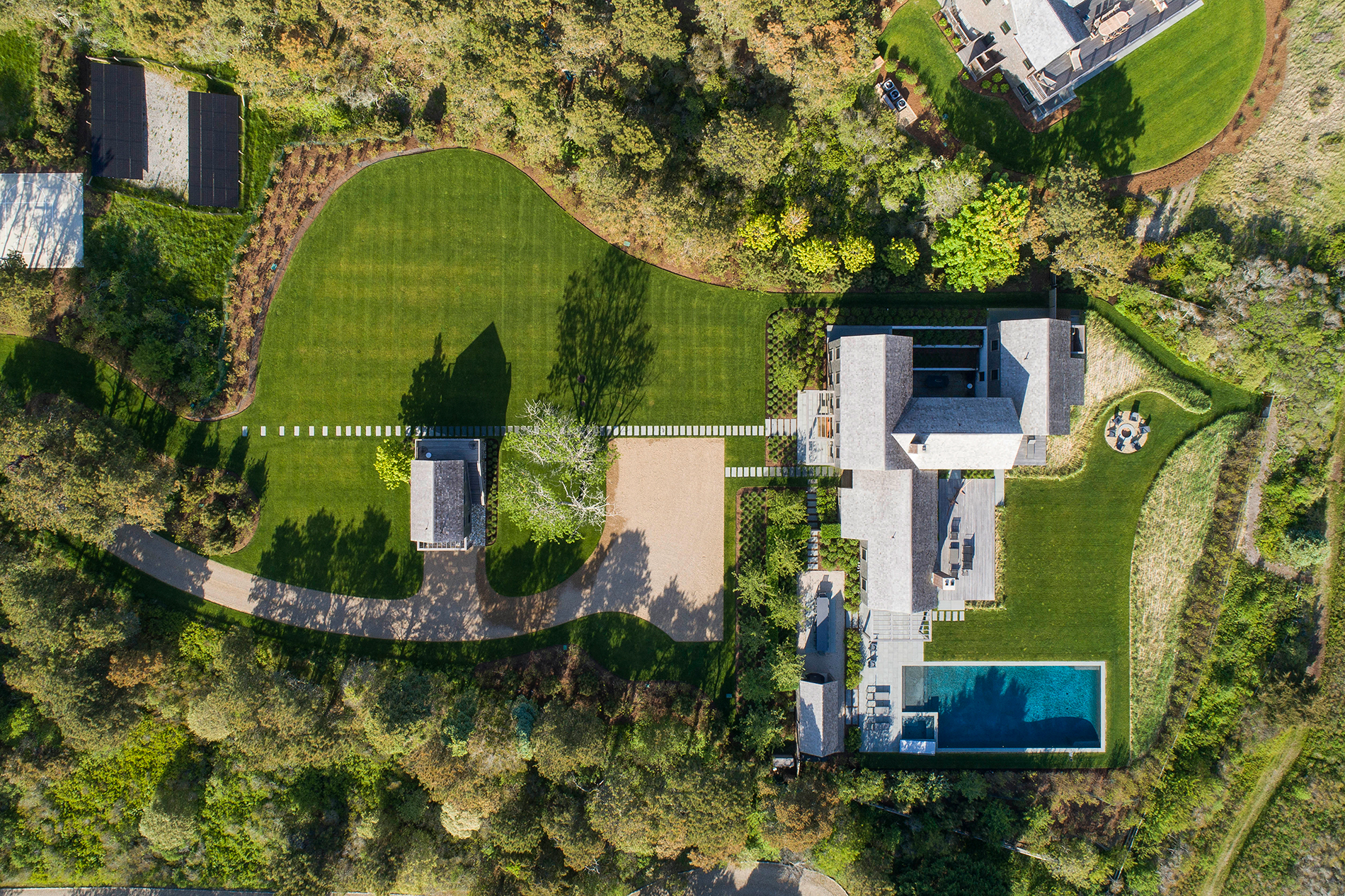
As a firm, we at Workshop/APD have found that looking back at history can provide more clarity for the future. In Nantucket, this holds very true. The initial Quaker settlers on the island built structures that were “simple and clean,” words that certainly resonate with a more modern aesthetic. Additionally, we have always felt that good design is the result of proportion, scale, and integration into the landscape and context. All of this can be accomplished before you “dress” the structure in wood, wood, and more wood.
We have taken this approach on dozens of projects over the years—and the results have been spectacular. Recently, we completed a home that’s primarily powered by solar panels, for a family that is equally passionate about reducing their carbon footprint and spending summers and holidays entertaining friends in their island home. For another family, we designed a home with classic exteriors and architectural details that seamlessly connect to the Nantucket landscape and the historical-preservation initiatives on the island—while the interiors feature modern, elegant design elements created with a variety of materials and finishes, united with clean lines.
We’d like to think we’ve honed our craft to strike the balance between modern and historical, and we’re continuously challenging ourselves to create projects that homeowners find endemic to both their personalities and the island itself. After all, the collection of simple forms nestled into the landscape is both modern and deeply rooted in the history of the island, the ultimate proof that design limitations, when approached with an open mind, can turn into a strong, unique design narrative.
